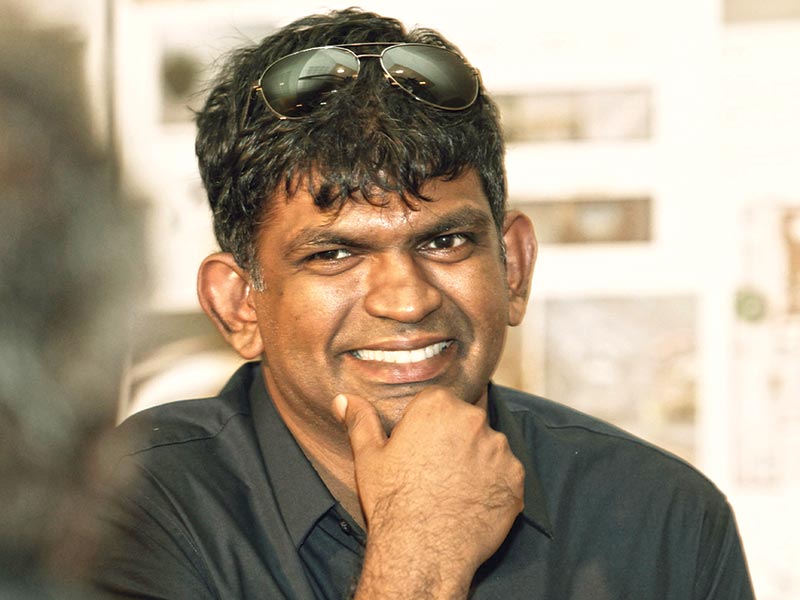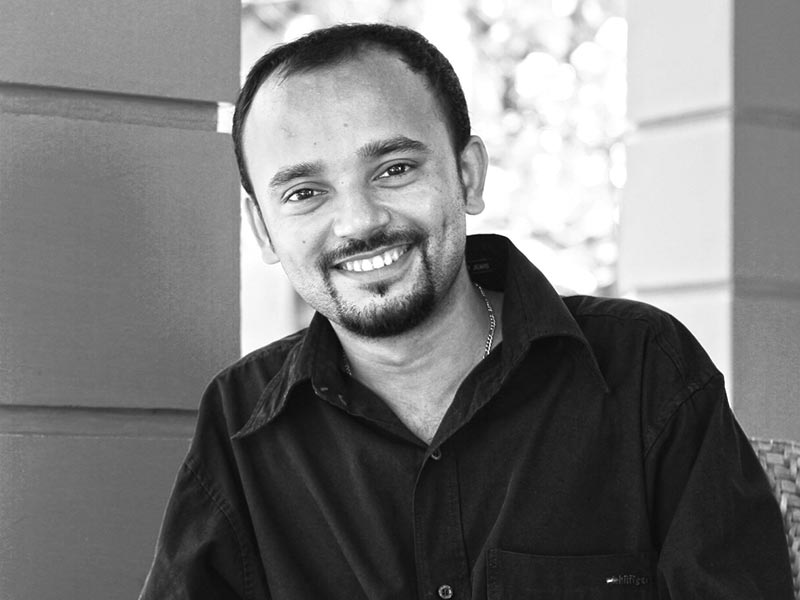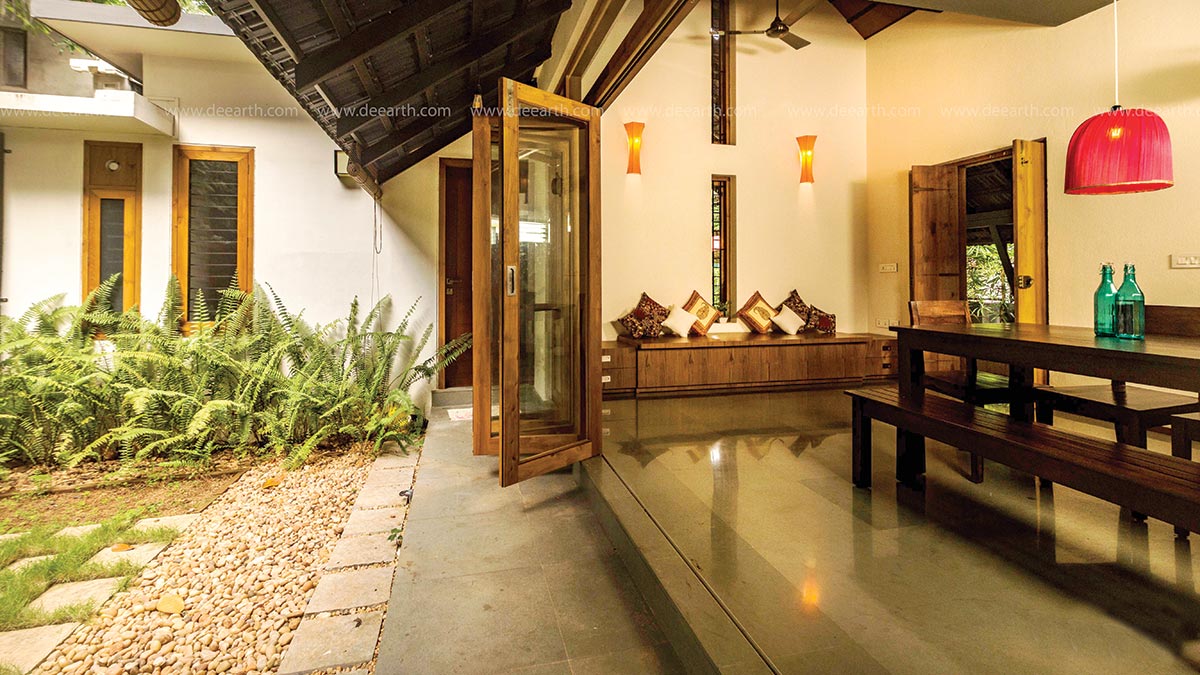
Architecture is an ever-evolving profession. It changes and adopts to time, place, global pressures and economy. Indian architecture has a very rich and diverse history and has seen several influences through time, varying with culture, ethnicity, climate, context, political power, invasions and so on. To term any particular style as Indian architecture may be totally inappropriate. We have multiple layers of influences embedded in our present-day reflection of what architecture is. Globalization has definitely brought in changes in architecture as in every other field. But what is worrying is a blind copying of Western architecture, materials and technology, as a symbol of status, which defies our traditional knowledge system, and also questions the idea of social and comfortable living.
We believe hand sketches make us more involved in our designs and instigate intuitive thinking.
As a firm, De Earth still depends very much on traditional systems and design processes. Our main tool is still sketching and hand drafting, which gets converted to CAD, and is then articulated through sketches, Lumion and 3max. It’s a time-consuming process, but we strongly believe that the involvement of hand sketches makes us more attuned to our designs and instigates intuitive thinking, which forms the pulse of our designs. I am sure BIM and Rhino are revolutionizing the architectural field, especially the huge commercial and corporate projects, and I wish such processes also include some “heart”.

Our traditional materials like brick, bamboo, stone are the soul of architecture practice and will continue to be so in India, and you should look beyond the mega cities to see and experience this. Glass, steel, and composite materials have all reflected the Western influence and most of the times the architecture doesn’t suit our neighbourhood or climate. But wise use of these materials along with traditional ones can also result in some interesting contextual architecture, which is what we should look forward too. Use of steel especially has a long future in India, as we will face scarcity of construction resources sooner or later.
Prefab construction techniques are interesting and will be good to have, provided we use them wisely, and at the right places, for the right projects, at the right time. However, they can become a norm as India is much beyond all these. But yes, it’s definitely encouraging that we have much more options to explore, engage and execute.
 Residence in Perumanna, near Calicut
Residence in Perumanna, near CalicutArchitecture is not a profession for the elite, of the elite and by the elite; rather it should get close to the common man.
Architecture, as any other industry have always gone through challenges. Scarcity of materials, the red tapism of authorities in giving approval for projects, scarcity of quality craftsmanship and labour etc are constant challenges. Architects always had to fight hard for their rights. Though there was a Parliament Act enacted in the year 1972 for guiding our practice and a council of architecture was formed for overlooking the functioning of professionals and colleges, we are yet to get a fair deal from the government, quasi government and state agencies.
The role of an architect and engineer is still blurred for most government officials and politicians. We need to understand the importance of quality and thoughtful designs in our cities, built environment in general, and even in our government offices. Our heritage is getting depleted fast. There is a lot more awareness required in the field and among general public, rather than just celebrating the flamboyancy of the practice. It’s not a profession for the elite, of the elite and by the elite. Architecture should involve and get close to the common man, and then we will see our nation rising.















